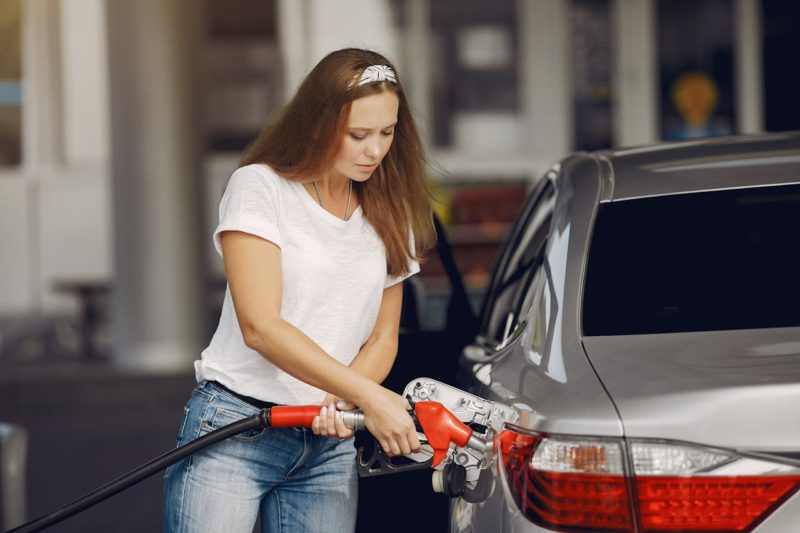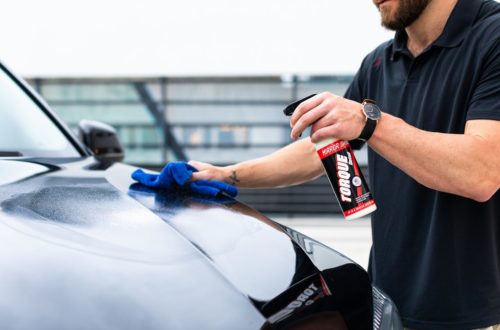Improve Engine Performance and Fuel Economy with Smart Driving and Car Devices

If you are searching for a way to improve fuel economy and enhance engine performance, then you are in the right place. All you need to do is adopt efficient driving habits so that you may reduce wear and maintenance costs over time. If you think that the driving skills and techniques that you have need a little polishing, then the following tips can help you.
Accelerate smoothly instead of rapidly
Basically, the use of a rapid acceleration technique can end up using more fuel and putting strain on the engine. You have to avoid this by gently applying pressure to the accelerator so that you can gradually increase the speed. This will allow the engine to work efficiently without excess fuel consumption. The key here is to keep RPMs low, particularly when you are accelerating after a quick stop.
Maintain constant speed on highways
The engine will burn more fuel when you constantly change speeds, causing the engine to work harder. So, when you are on the highways, you need to use cruise control to maintain a steady pace. You can maintain speeds within the optimal range of the engine for efficiency. This is usually between 70 to 105 km/h depending on the type of vehicle you are driving.
Anticipate stopping and coasting
You should not brake suddenly because it can waste fuel that was just burned after you got up to speed. You may do this by being vigilant and looking up ahead for traffic signals or stops. Then, ease off the accelerator to coast when necessary. This is a more ideal maneuver than keeping your foot on the gas and braking suddenly. Coasting will save you fuel and also reduce wear on your brakes.
Shift gears at the right time
If you are driving a manual transmission vehicle, you have to shift gears at the right RPM to help you avoid unnecessary fuel burn. At the same time, it can reduce the strain that you put on the engine. You will be able to do it by shifting up to a higher gear whenever necessary. This is usually around 2,000 to 2,500 RPMs for gas engines and 1,500 to 2,000 for diesel engines.
Limit your idling time
Considerably, frequently idling can consume fuel even without moving your car. Likewise, it can contribute to unnecessary wear. That said, you have to turn the engine off if you are going to stop for more than a minute or two. Since modern engines need not warm up as much as older cars, you can limit the idling time in cold weather in order to save on fuel and reduce emissions.
Use a throttle response controller
This is a device that will help in controlling the throttle body instead of relying on traditional mechanical connections. The throttle response controller can also reduce lag and enable quicker and more precise acceleration. A lot of car enthusiasts are already appreciating the need to use throttle response controllers in order to improve both performance and fuel economy.
Would you like to receive similar articles by email?





